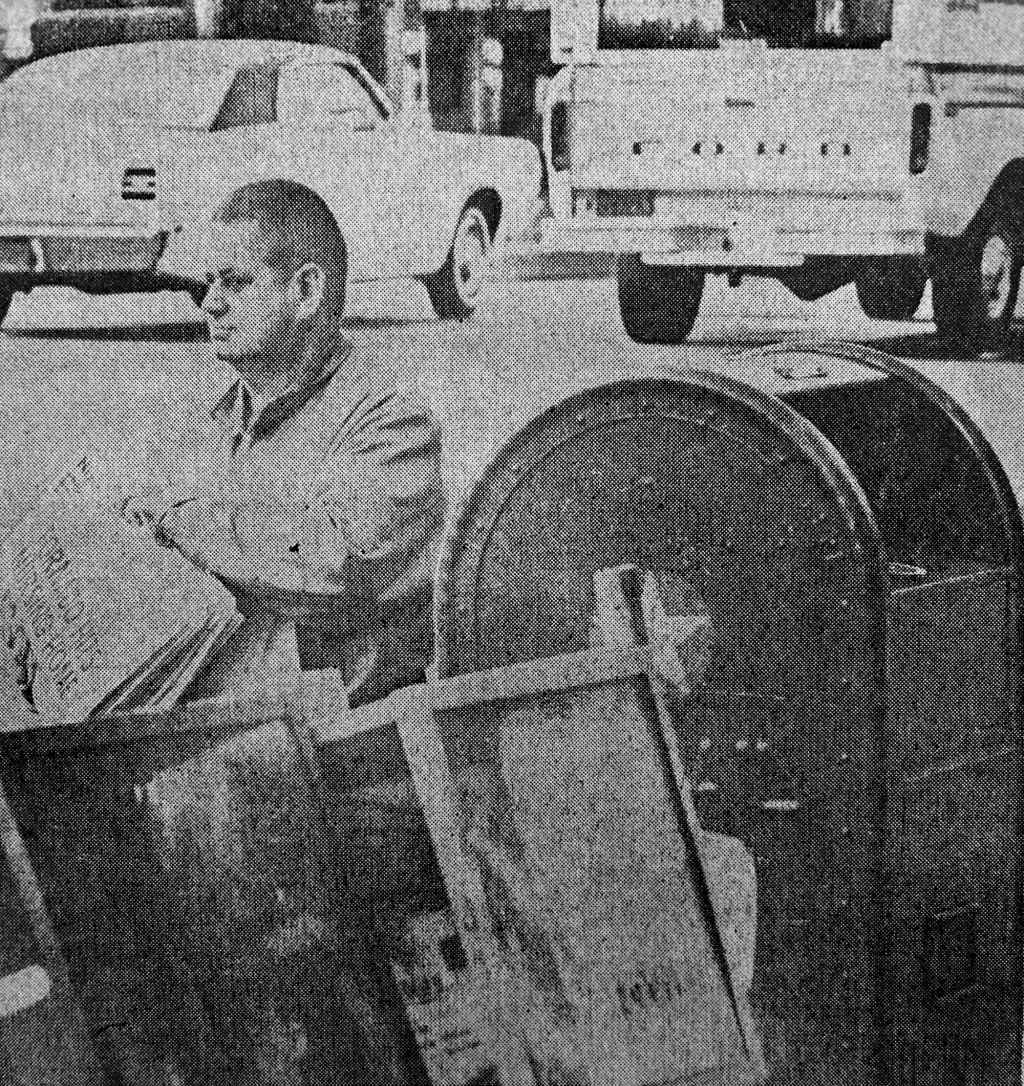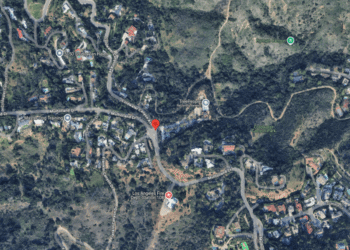Gordon McCormack had been hawking newspapers on the corner of Broadway and Brand Boulevard in Glendale for 17 years before newspaper racks were moved in on his territory in the early 1970s to ultimately take his job.
“This corner used to be worth 300 papers a day,” he told the young reporter from the local paper. “With racks, I’m lucky to push 100 papers a day now. I can’t make a decent living on that.”
He finally gave up trying in 1973. The hawker lost his corner to a row of iron slot machines that took your dime and never said thanks or asked how your day was going.
Never gave directions when people were lost, and never took a day off in more than 40 years until racks started losing their corners and were taken off the streets.
McCormack went home that last day to the one-room apartment he rented around the corner from where he had made his living hawking newspapers. His income had dwindled to $100 a month and he was applying for state aid.
He was going to miss it, he said. He had met a lot of nice people selling newspapers.
The next morning, for the first time in 17 years, the thousands of motorists who drove by that corner every morning to work and every night coming home would not see the little man with a stack of newspapers in his arms.
Would anyone care or miss him? Did they even notice him in all those years? There was only one way to find out in 1973. Write the story in the local paper and ask.
“Give me 15-inches and make it fast,” said the city editor, George Gunston. “You’ve got two hours until deadline.”
George was a tough old Aussie who would quit the paper a few months later. He had been sitting in a bar around the corner when a guy walked in carrying a purse. It was a fad just catching on with men who didn’t want fat wallets in their back pockets or a comb sticking out.
The guy put the purse on the bar. “Bloody, hell,” George said, and moved his family back to Australia.
I was five-graphs into the story when…
Read the full article here







